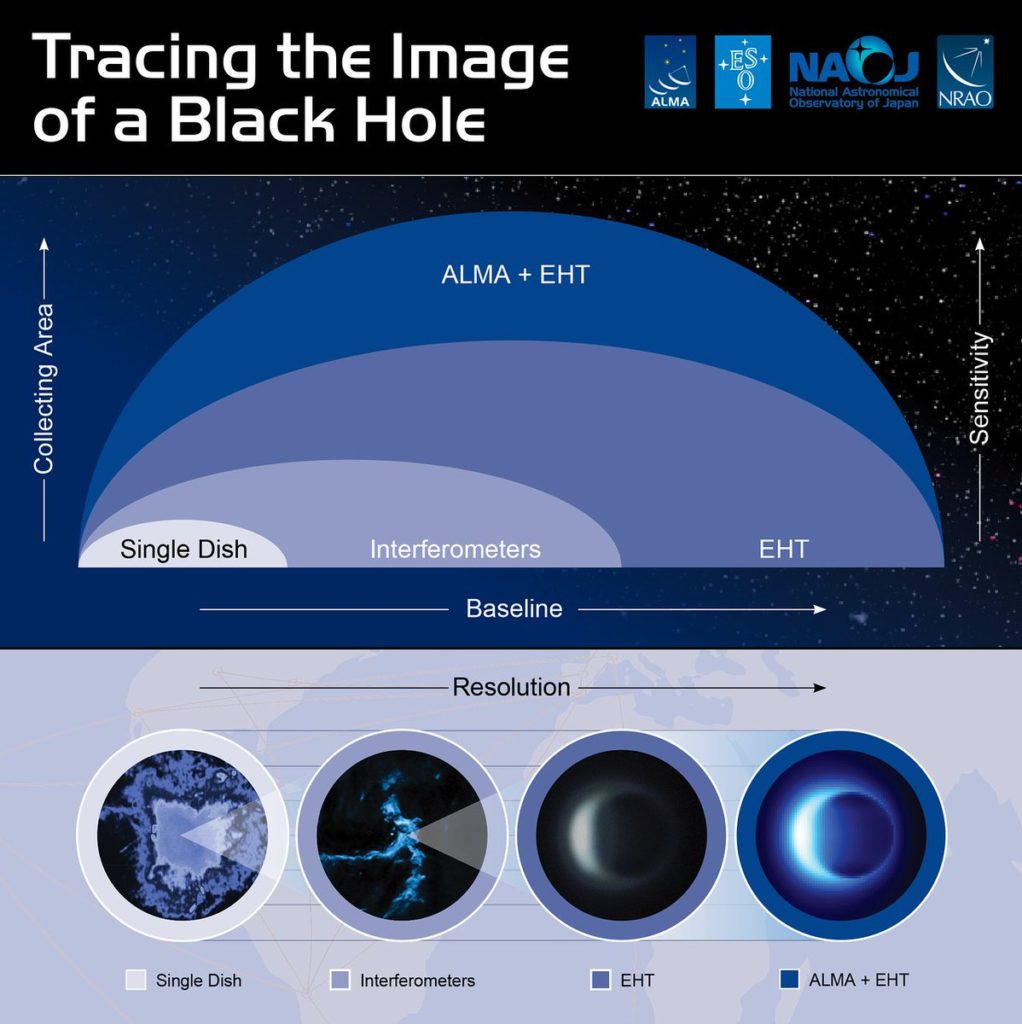900 319 0030
enquiry@shankarias.in
Why in news?
What is a black hole?
What was EHT based on?
What was it composed of?

How was it executed?

How has black hole understanding evolved?
Source: Indian Express, The Hindu